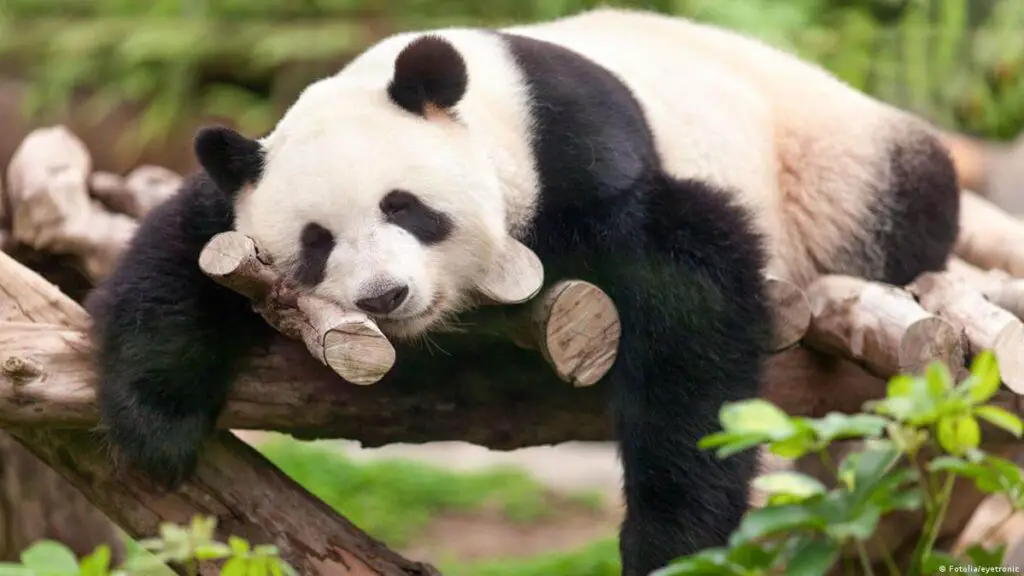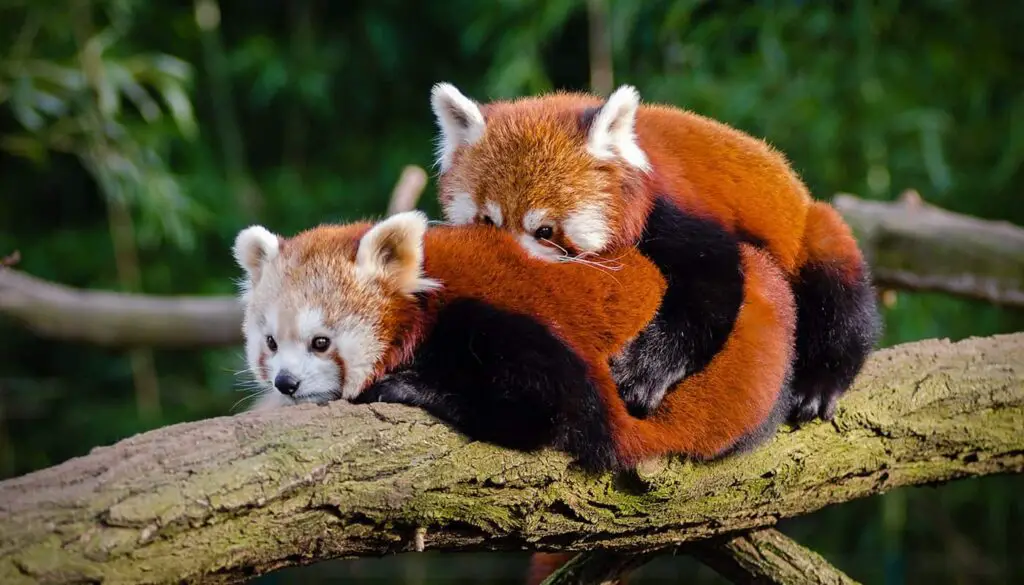Sloths are slow-moving mammals that spend the majority of their lives hanging upside down from trees in Central and South America. They have a low metabolism, which means they don’t require much food or energy to survive. They also have very little muscle mass, making them weak and clumsy on the ground.
What makes an animal “useful” or “useless”?
The terms “useful” and “useless” when applied to animals are subjective and can vary depending on a person’s perspective or context.
In general, an animal may be considered “useful” if it provides some benefit or value to humans or other animals in its ecosystem. For example, domesticated animals like cows, pigs, and chickens are considered useful because they provide food and materials like wool or leather. Wild animals may be considered useful for their role in pollination, seed dispersal, or pest control.
On the other hand, an animal may be considered “useless” if it doesn’t appear to have any direct benefit to humans or its ecosystem. For example, the sloth, as mentioned in the previous question, is often labeled as “useless” because of its slow movement and seemingly low contribution to its ecosystem.
Criteria for usefulness in the animal kingdom

When it comes to defining usefulness in the animal kingdom, it’s important to recognize that usefulness can be subjective and can vary depending on the context. However, there are several criteria that are commonly used to evaluate the usefulness of animals:
- Economic value: Domesticated animals like cows, pigs, and chickens are considered useful because they provide food, materials, or labor that is valuable to humans. Similarly, animals like bees or silkworms may be considered useful for their ability to produce valuable products like honey or silk.
- Ecological value: Wild animals may be considered useful for their role in maintaining the balance of their ecosystem. For example, predators like wolves or lions help to regulate populations of prey animals, while pollinators like bees or butterflies contribute to plant reproduction.
- Scientific value: Some animals may be considered useful for their potential value in scientific research. For example, animals like mice or fruit flies are commonly used in medical research to better understand human health and disease.
- Cultural value: Animals may also be considered useful because of their role in cultural practices or traditions. For example, certain animals like cows or horses are considered sacred in some cultures and are used in religious ceremonies.
- Aesthetic value: Finally, animals may be considered useful simply because of their beauty or aesthetic appeal. For example, many people value birds or butterflies for their colorful plumage or graceful flight.
Debunking the myth of the “most useless” animal
The idea of a “most useless” animal is a flawed concept, as every species plays a unique role in its ecosystem and has value in its own right. However, there are certain animals that are commonly labeled as “useless” based on misconceptions and a lack of understanding of their ecological roles.
One example of an animal often labeled as “useless” is the sloth, which was discussed in a previous question. Despite their slow movement and seemingly low activity, sloths play an important role in their ecosystem by providing a habitat for a variety of organisms and helping to disperse seeds throughout the forest.
Another example is the oft-maligned cockroach. While many people see cockroaches as pests, they actually play an important role in breaking down organic matter and recycling nutrients in their ecosystem. Additionally, cockroach venom has been shown to have potential uses in medicine, including the treatment of neurological disorders.
“Useless” animals that are actually useful
There are many animals that are commonly labeled as “useless” or even pests but actually play important roles in their ecosystems. Here are a few examples:
- Cockroaches: Despite their reputation as pests, cockroaches play an important role in breaking down organic matter and recycling nutrients in their ecosystem. In addition, cockroach venom has shown potential uses in medicine, including the treatment of neurological disorders.
- Vultures: Vultures are often seen as unattractive and unpleasant birds, but they play a crucial role in cleaning up the environment by consuming dead or dying animals. Without vultures, animal carcasses would take much longer to decompose, leading to a buildup of disease-causing bacteria.
- Bats: Bats are sometimes viewed as pests due to their habit of roosting in attics and other human-made structures, but they play an important role in pollination and pest control. Some species of bats are also valuable pollinators of crops like bananas and agave, and they can consume large quantities of insects, including agricultural pests.
- Mosquitoes: While mosquitoes are often seen as nuisances due to their itchy bites, they actually play an important role in their ecosystem by providing food for other animals, including fish and birds. Mosquitoes also play a role in pollinating certain plant species.
- Sloths: Sloths are often labeled as “useless” due to their slow movement and seemingly low activity, but they actually play an important role in their ecosystem by providing a habitat for a variety of organisms and helping to disperse seeds throughout the forest.
The value of “useless” animals

While some animals may be labeled as “useless,” every species has value and plays a unique role in its ecosystem. Even animals that may not provide obvious benefits to humans can have an important ecological or scientific value.
For example, some species of bacteria and fungi that are often seen as pests or contaminants actually play important roles in breaking down organic matter and recycling nutrients in the soil. Similarly, many species of insects and other invertebrates are important pollinators or decomposers, helping to sustain plant life and keep ecosystems healthy.
Other animals, like sloths or pandas, may not provide direct economic benefits to humans, but they have important ecological roles and help to maintain biodiversity in their ecosystems. Additionally, these species can have cultural or aesthetic value, inspiring art, literature, and scientific research.
Conclusion
In conclusion, the concept of a “most useless” animal is flawed and based on misconceptions about the value of different species. Every animal plays a unique role in its ecosystem, and even those that may not provide direct benefits to humans have important ecological or scientific value.
References:
https://www.vulture.com/2017/01/the-most-useless-animals-in-the-world-by-max-schwartz.html
https://www.thetoptens.com/animals/most-useless-animals/

I’m Christopher Benjamin, a dedicated Animal Nutritionist at Ethos Veterinary Health with a Bachelor of Science in Animal Science from Michigan State University. My lifelong passion for animals led me to establish AnimalsData.Com. Here, I share expert advice, educational resources, and inspiring stories to empower fellow pet lovers worldwide. Join our community as we celebrate the beauty and diversity of our beloved animal companions!
